
Expands upon the classic tale of the princess and the pea as seen through the eyes of the prince, the princess, the king and queen, various servants, a mouse, and even the rather vain pea, itself.

Expands upon the classic tale of the princess and the pea as seen through the eyes of the prince, the princess, the king and queen, various servants, a mouse, and even the rather vain pea, itself.
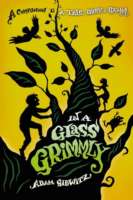
Companion to: A tale dark & Grimm. If you dare, join Jack and Jill as they embark on a harrowing quest through a new set of tales from the Brothers Grimm, Hans Christian Andersen, and others. Follow along as they enter startling new landscapes that may (or may not) be scary, bloody, terrifying, and altogether true.
When a young Caribbean boy does not listen to his grandmother, an evil spirit threatens to snatch him.
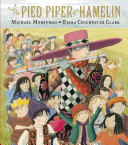
The Pied Piper pipes a village free of rats, and when the villagers refuse to pay him for the service, he pipes away their children as well.
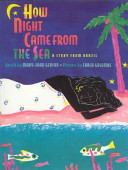
There was no starlight or moonbeams. There were no night creatures and no night flowers to fill the air with perfume. Everywhere there was only sunlight and brightness and heat.
In graceful, deeply felt text and bold, brilliant pictures, this story shows how an ancient African sea goddess brings the gift of night to the land of daylight. With the coming of night there is not only beauty and wonder of night flowers opening their petals at dusk, of stars and moonbeams flickering across the sky, and of the gentle chorus of night creatures, but there is rest, too. For when the dark, cool blanket of night covers everything, the people can then leave their work from under Brazil’s bright, hot sun.
This traditional story expresses Brazil’s unbroken connection to Africa as it show how one woman finds peace and hope in a strange new land. Celebrating all the beauty of the lush, tropical night, here is a tale that will be long remembered.
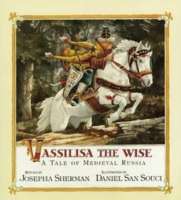
A clever and beautiful woman uses her wits to get her husband out of Prince Vladimir’s prison.
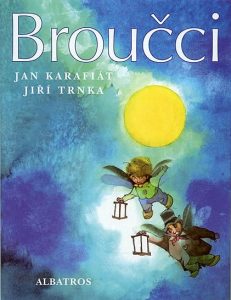 Broučci is a classic children’s book by Jan Karafiát published in the Czech language in the early 1870s. The title is the Czech word for beetles, and the word is also used for “traditional Czech figures of fairylike insect people”[2] such as the characters in the book. In English, the title is often translated as Fireflies.
Broučci is a classic children’s book by Jan Karafiát published in the Czech language in the early 1870s. The title is the Czech word for beetles, and the word is also used for “traditional Czech figures of fairylike insect people”[2] such as the characters in the book. In English, the title is often translated as Fireflies.